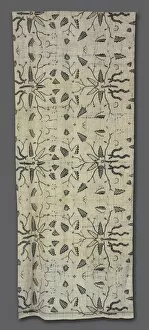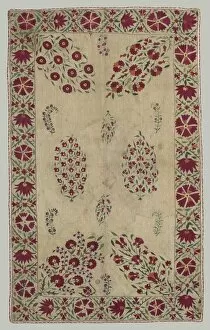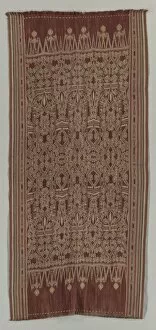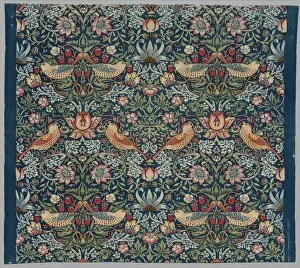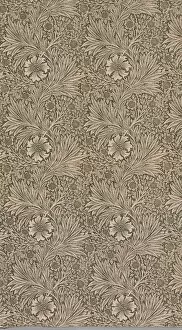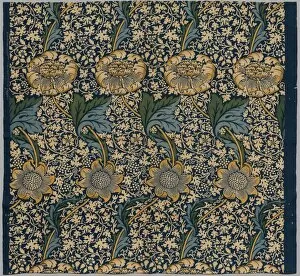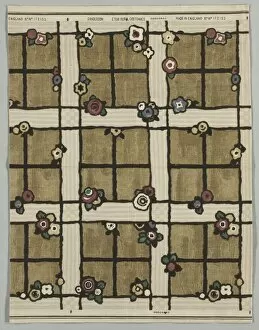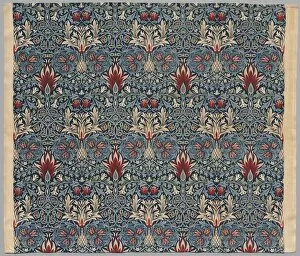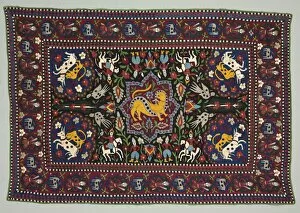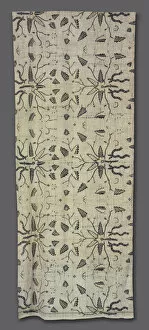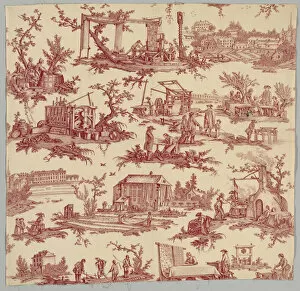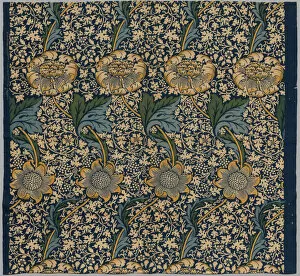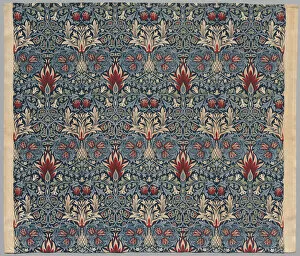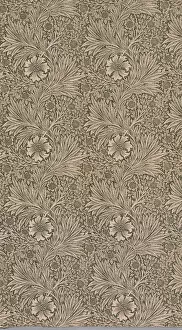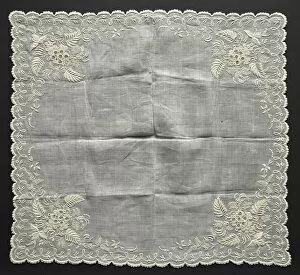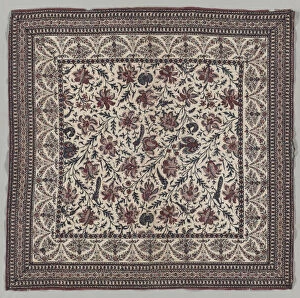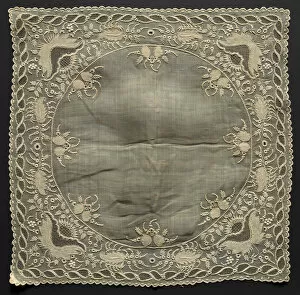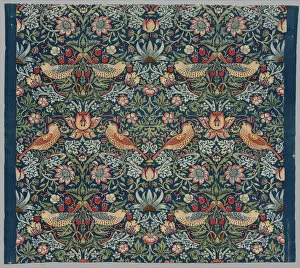Plain Weave Cotton Collection
"Exploring the Rich History of Plain Weave Cotton
For sale as Licensed Images
Choose your image, Select your licence and Download the media
"Exploring the Rich History of Plain Weave Cotton: From Sarongs to Ceremonial Blankets" Step back in time and immerse yourself in the fascinating world of plain weave cotton, a versatile fabric that has been woven into countless cultural artifacts throughout history. Take a journey through different eras and regions as we uncover the stories behind some remarkable creations. One such piece is an exquisite sarong from the 1850s-1860s, originating from Java, Indonesia. Its intricate patterns and vibrant colors showcase the skillful craftsmanship of unknown creators who carefully wove this garment with love and precision. Moving further back in time, we encounter a stunning Suzani divan cover from the 1700s. This Central Asian masterpiece not only serves as a decorative element but also tells tales of ancient traditions and customs passed down through generations by anonymous artisans. Traveling across continents, we discover Pua, a ceremonial blanket dating back to the late 1800s or early 1900s. The meticulous weaving techniques employed by its unknown creator reflect both cultural significance and artistic expression within indigenous communities. The name William Morris resonates strongly when discussing plain weave cotton's influence on British design. His iconic works like "Strawberry Thief" (c. 1936) and "Marigold" (20th century) demonstrate Morris' mastery in transforming simple textiles into breathtaking pieces of art that continue to inspire today. Delving deeper into history reveals Les Travaux de la Manufacture (c. 1790s), an enigmatic creation whose origins remain shrouded in mystery. Nevertheless, its intricately woven motifs speak volumes about skilled hands at work during this era. William Morris makes another appearance with his enchanting design called Kennet (c. 1920). With its delicate floral patterns adorning curtains or upholstery fabrics, it showcases how they are elevate everyday objects into extraordinary ones that bring beauty and joy to our lives.

